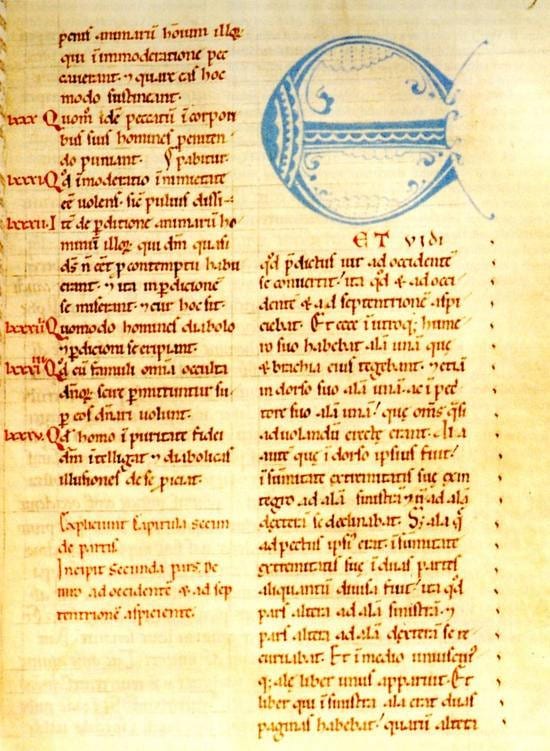

The Wiesbaden or Riesencodex Hs.2 contains all but two of.įull text of ' PENGUIN CLASSICS HILDEGARD OF BINGEN: SELECTED WRITINGS HILDEGARD OF BINGEN was born into a noble family in Bermersheim in 1098. Hildegard of Bingen’s musical works are principally found in two 12th century manuscripts. Scivias is an illustrated work by Hildegard von Bingen, completed in 1151 or 1152, describing 26 religious visions she experienced. an artist." But as the experiences of the twelfth-century visionary Hildegard of Bingen and the fifteenth-century heroine Joan of Arc illustrate, not all women’s visions, words, and works were created equally suspect or equally 2.com› Hildegard Bingen Scivias Pdf File █

Visions were a socially sanctioned activity that freed a woman from conventional female roles by identifying her as a religious figure. Thus, backed by the Pauline rule on women’s ecclesiastical silence, Jean Gerson’s pronouncement on Bridget of Sweden at the Council of Constance echoes the accepted medieval norm: “‘All words and works of women must be held suspect.'" On the other hand, as Petroff claims, “isions led women to the acquisition of power in the world while affirming their knowledge of themselves as women. This association carried over from antiquity and found fertile ground in the minds of the church fathers who villainized Eve’s role in the fall. Because of rampant medieval misogyny, female claims to authorship were especially suspect, as women were often associated with evil. Their stake in authorship is thus doubled, and for female medieval mystics, text production proved to be an especially ambivalent endeavor. Mystics, however, not only imitate the creative power of God, but also claim to deliver His messages. In the Christian Middle Ages, medieval text creation hinged on authority and authorization, as an imitation of the creative power of God, the Master Author and the Logos (Word) itself, and thus has religious consequences for an aspiring author. When a mystic relates a mystical experience, she inevitably creates a text and becomes an author. Even though medieval women mystics have enjoyed increased attention in recent scholarly discussion, a topic that still has not been tackled is the possible difference between seeing a vision and hearing a voice during a mystical experience and the ramifications of this difference in the context of medieval text production and in the status of mystics as authors.


 0 kommentar(er)
0 kommentar(er)
